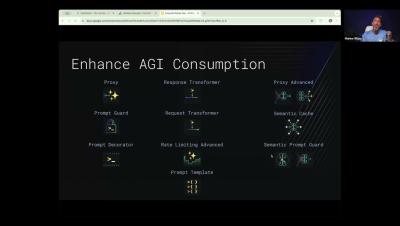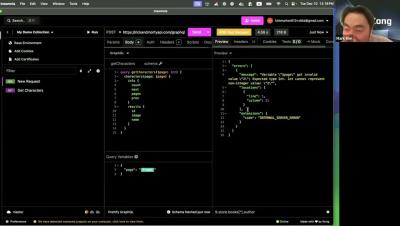Run and Secure LLM Traffic with Kong AI Gateway
Learn how to build and manage robust AI infrastructure using Kong AI Gateway for efficient GenAI application development and deployment. From AI Gateway essentials to advanced management techniques, you'll learn to optimize your applications, implement governance and security measures, and adapt to various deployment environments.











